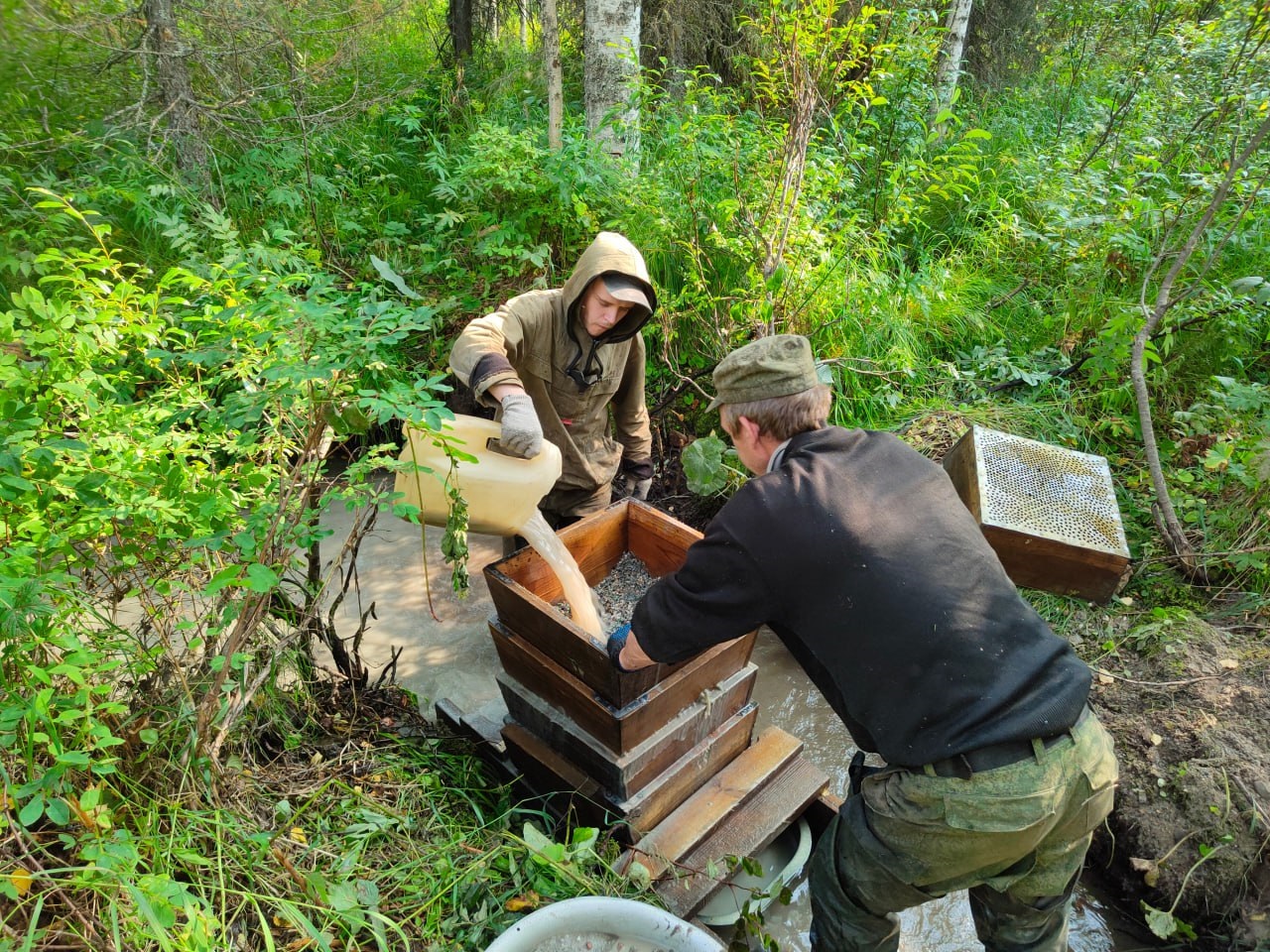
In the field season of 2024, the Middle Timan party from the Syktyvkar Sector of the Karpinsky Institute conducted the geological study and prepared a justification for additional geological study at 1:200,000 scale of the Obdyrskaya area. The work took place within the Obdyrsky uplift, which corresponds to the outcrop of the Riphean formations on the surface or below the Quaternary deposits.
The main efforts of the entire party of 10 people under the leadership of Deputy Head of the Syktyvkar Sector Nikolay Vasilchenko were involved in lithochemical sampling of secondary dispersion halos. A total of 2,500 samples were collected.
During the breaks to catch their breath from the lithochemical "ordeal", the party completed the planned volume of geological and reconnaissance routes, which passed mainly along the RF/D and RF/C boundaries in order to study the degree of the area exposure and the possibility of driving mine workings to uncover basal horizons.
The exposure of this area is practically zero, isolated Carboniferous carbonate outcrops were found only in the deepest karst sinkholes. Therefore, the party was forced to greatly increase the number of pits compared to what was in the project.
In the upper reaches of the Niv'yu River, pits and a ditch exposed variegated bauxite clays (redeposited weathering crust) lying on the Riphean meta-siltstones. The crusts contain fragments of both weathered meta-siltstones and Carboniferous limestones. The clays were sampled, including washed on a tray.
Heavy concentrate sampling was conducted to determine the locations of small-volume samples, as well as to localize sources of possible gold removal along small watercourses and stream sources. Small-volume samples were collected from alluvium using different methods.
In one case, the samples were washed on a tray to a grey sand to isolate gold monofractions in order to study its typomorphic features.
In the second case, to identify diamonds and their satellites, the sampling was made using a more interesting pattern. Initially, the material was sieved on a shaker (wooden sieve boxes inserted into each other, harmoniously swinging under the action of brute force with the simultaneous supply of water from buckets). Then the fractions were brought to a manual jigging machine, which is another complex device that is not understood by everyone. Its operation is conducted manually by periodically pressing the handle at the top of the movable rod, which sets the sieve immersed in water into rotational-oscillatory motion. Without describing the physics of jigging, we will only say that the heavy fraction sinks and the light one floats in vertically moving streams of water, and the relatively heavier particles are collected in the centre of the lower part of the sieve. Four samples of 1 m3 and one sample of 5 m3 were collected.
Of course, it was not without studying the Quaternary geology. In loose sediments, clearings and pits were made from which samples were taken for OSL dating in the Karpinsky Institute laboratory.
All types and volumes of work planned for the field season were completed.
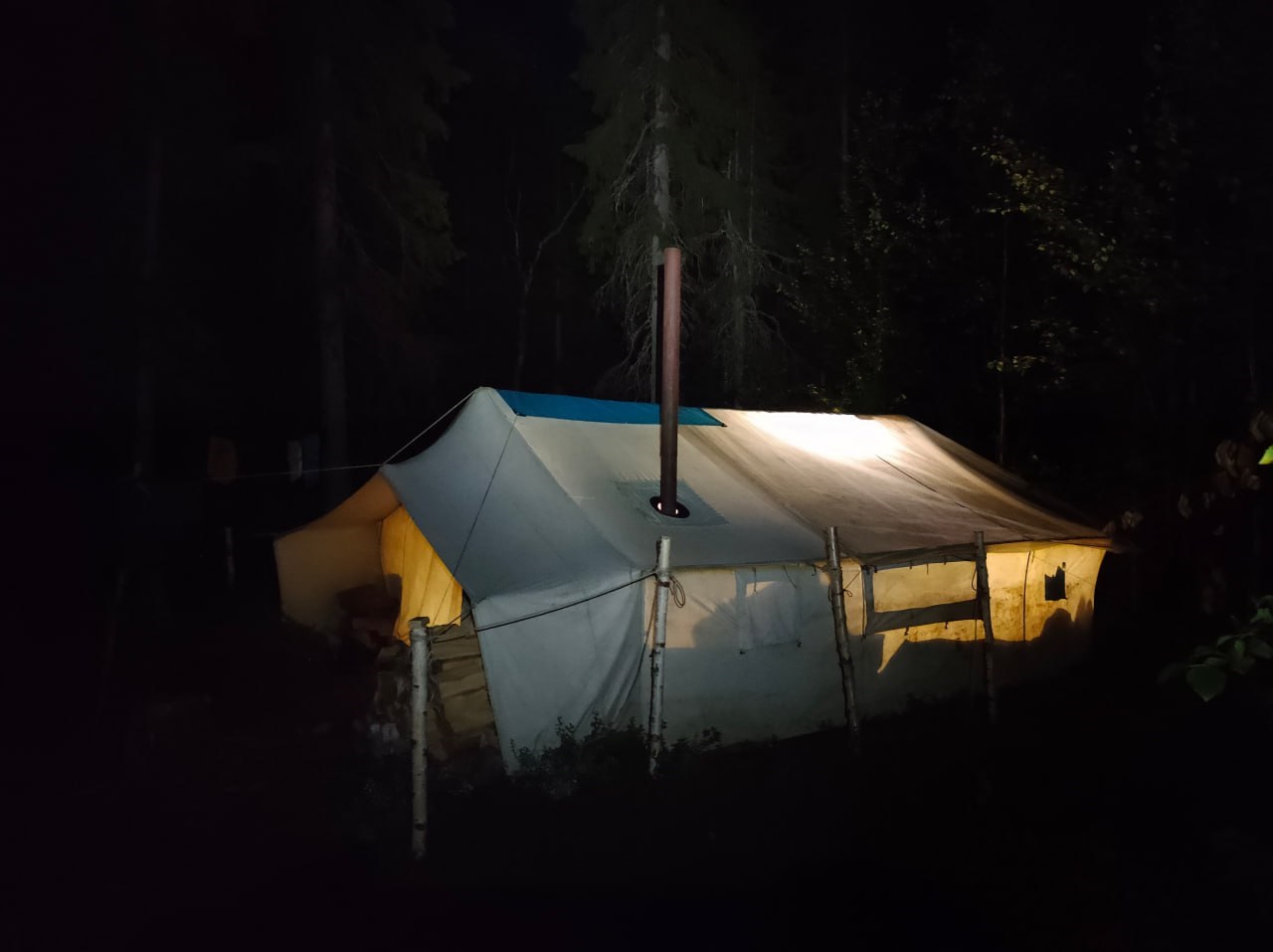
|
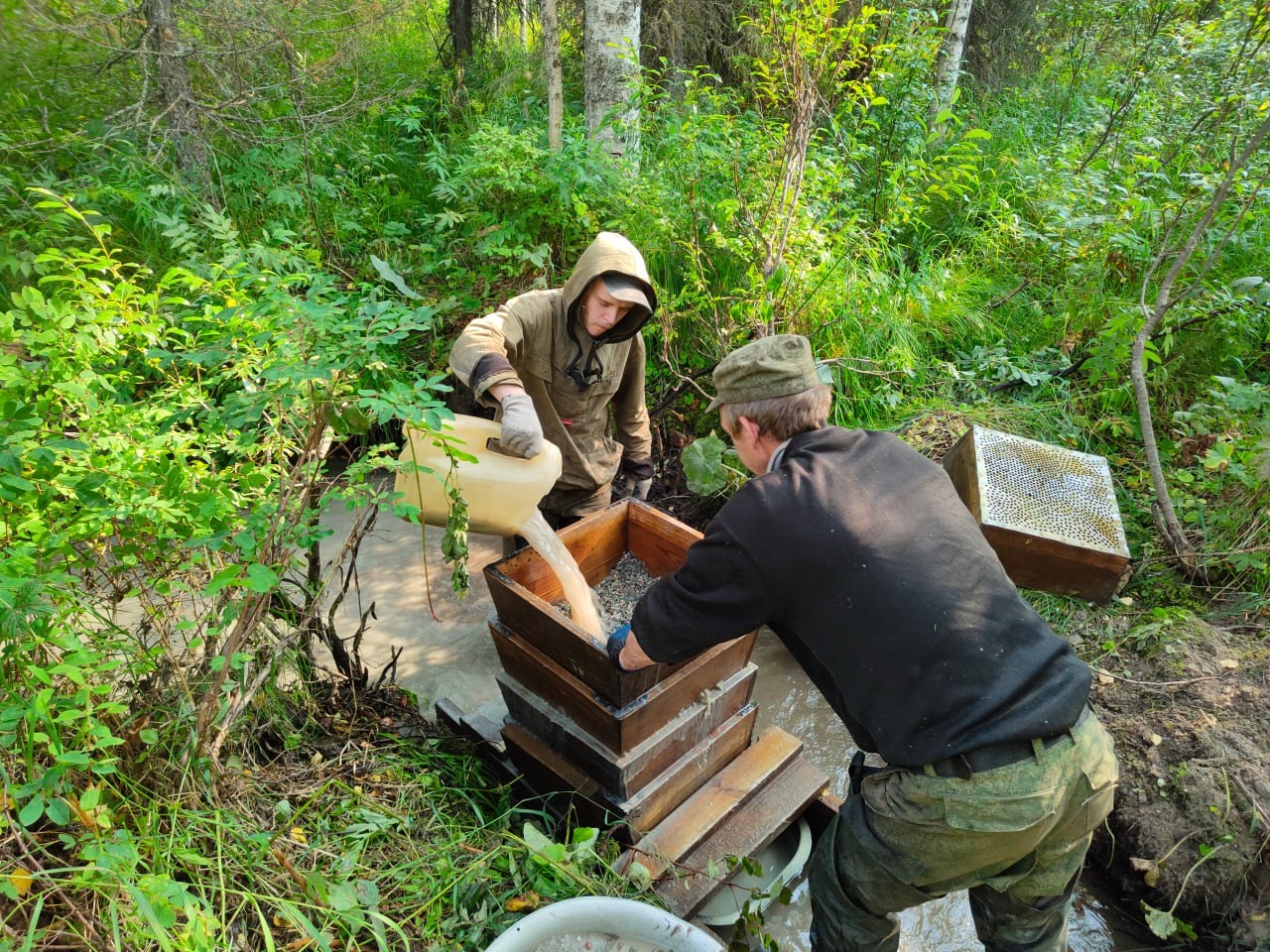
|
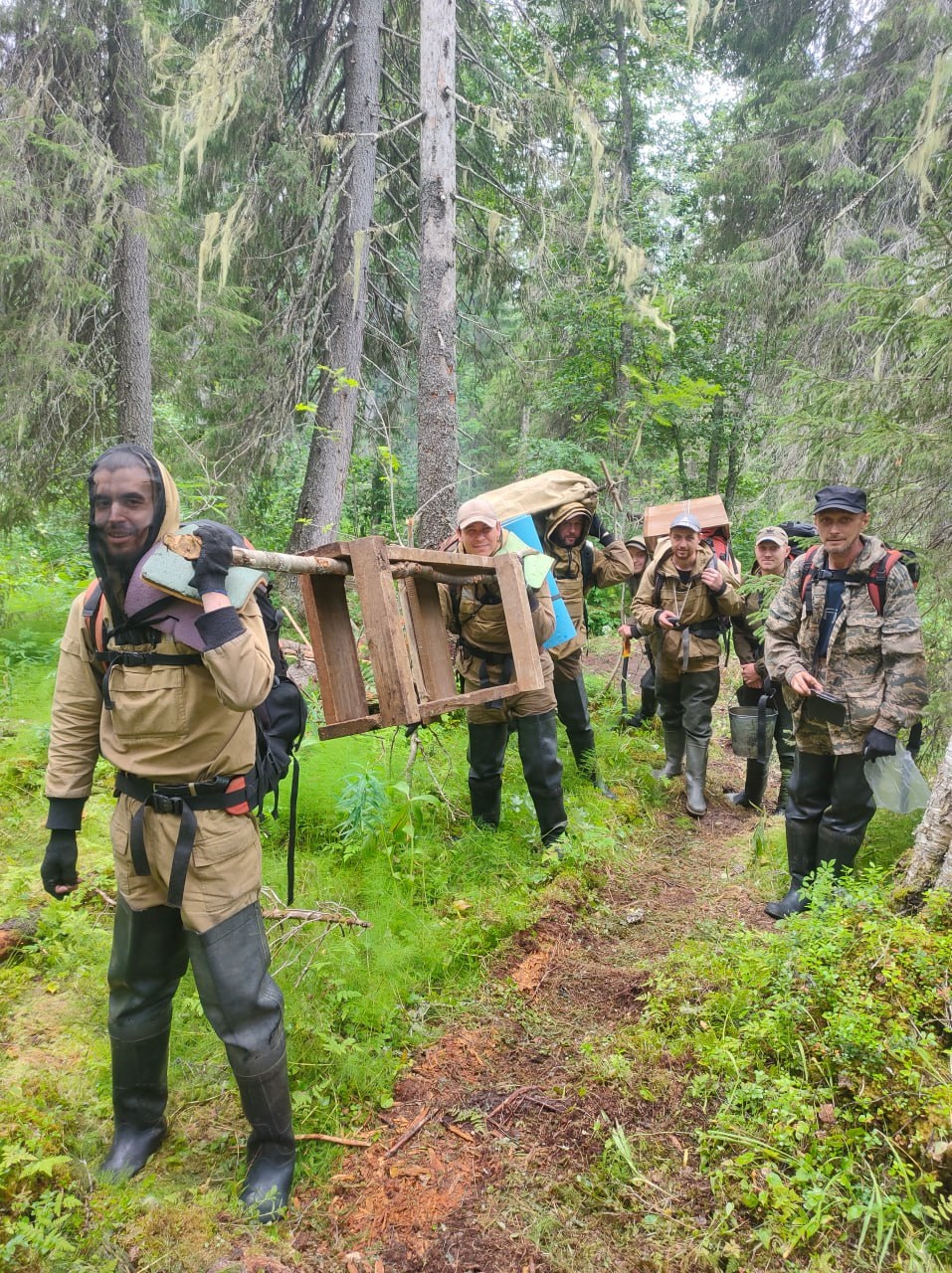
|
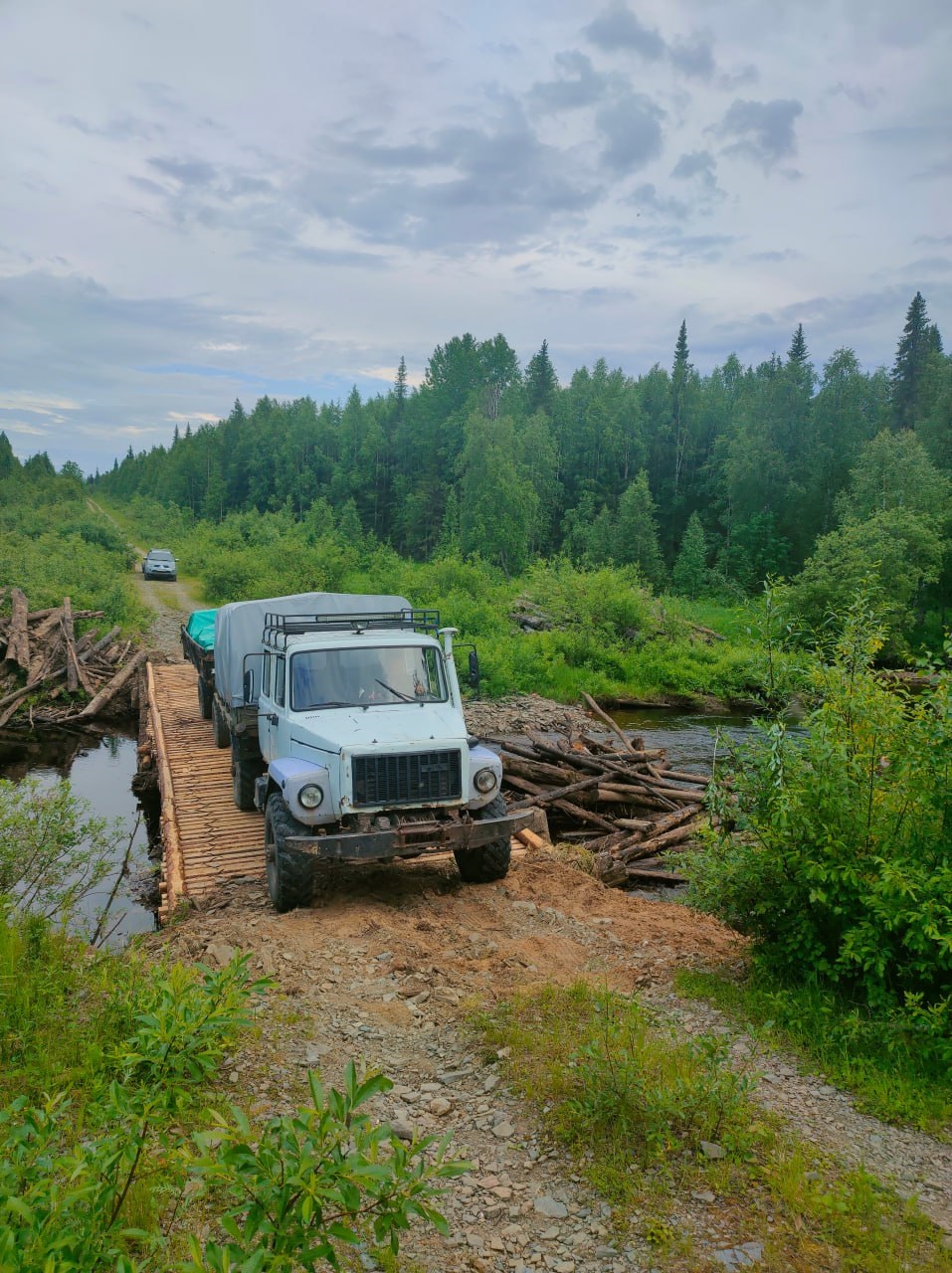
|
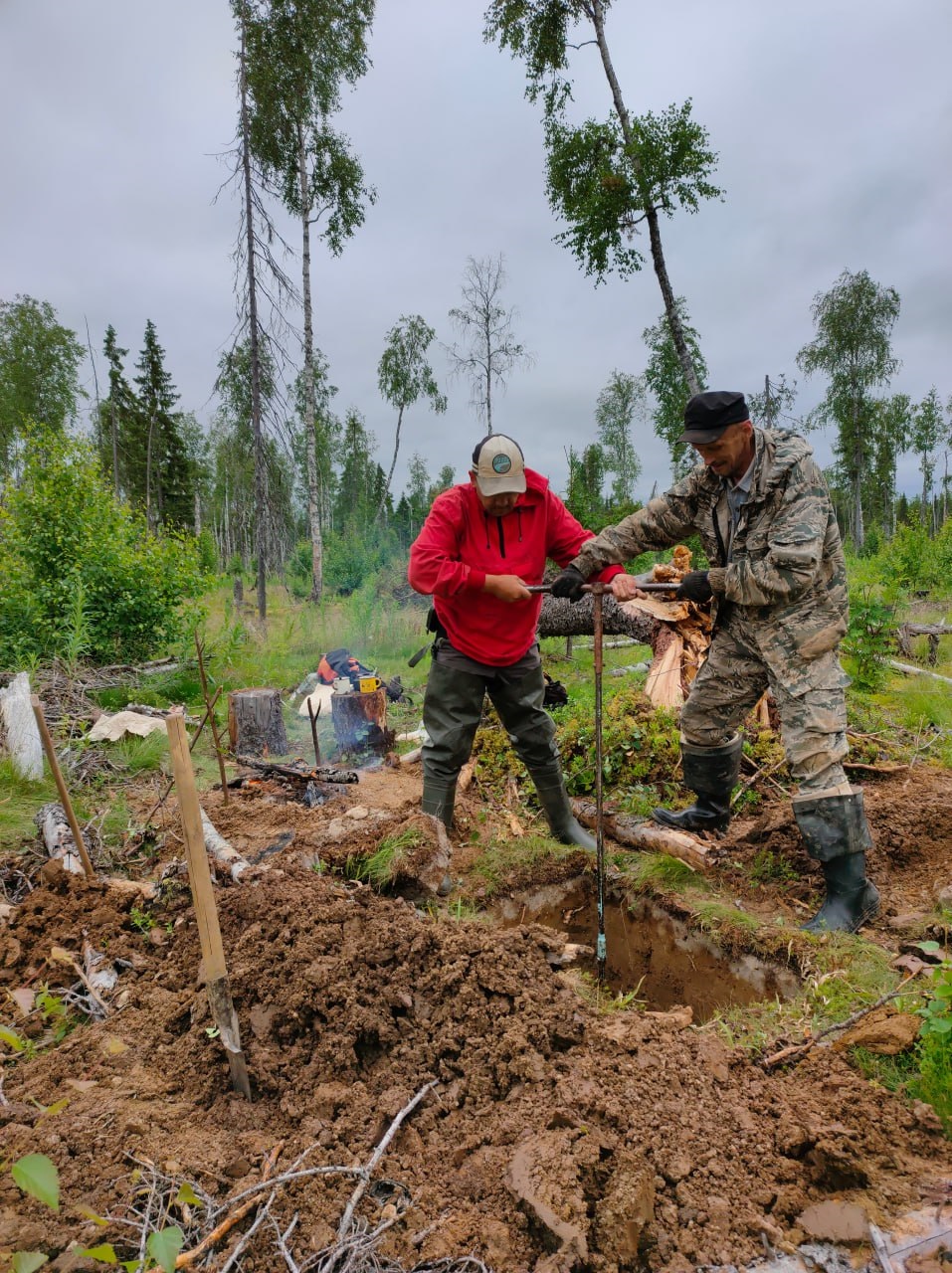
|
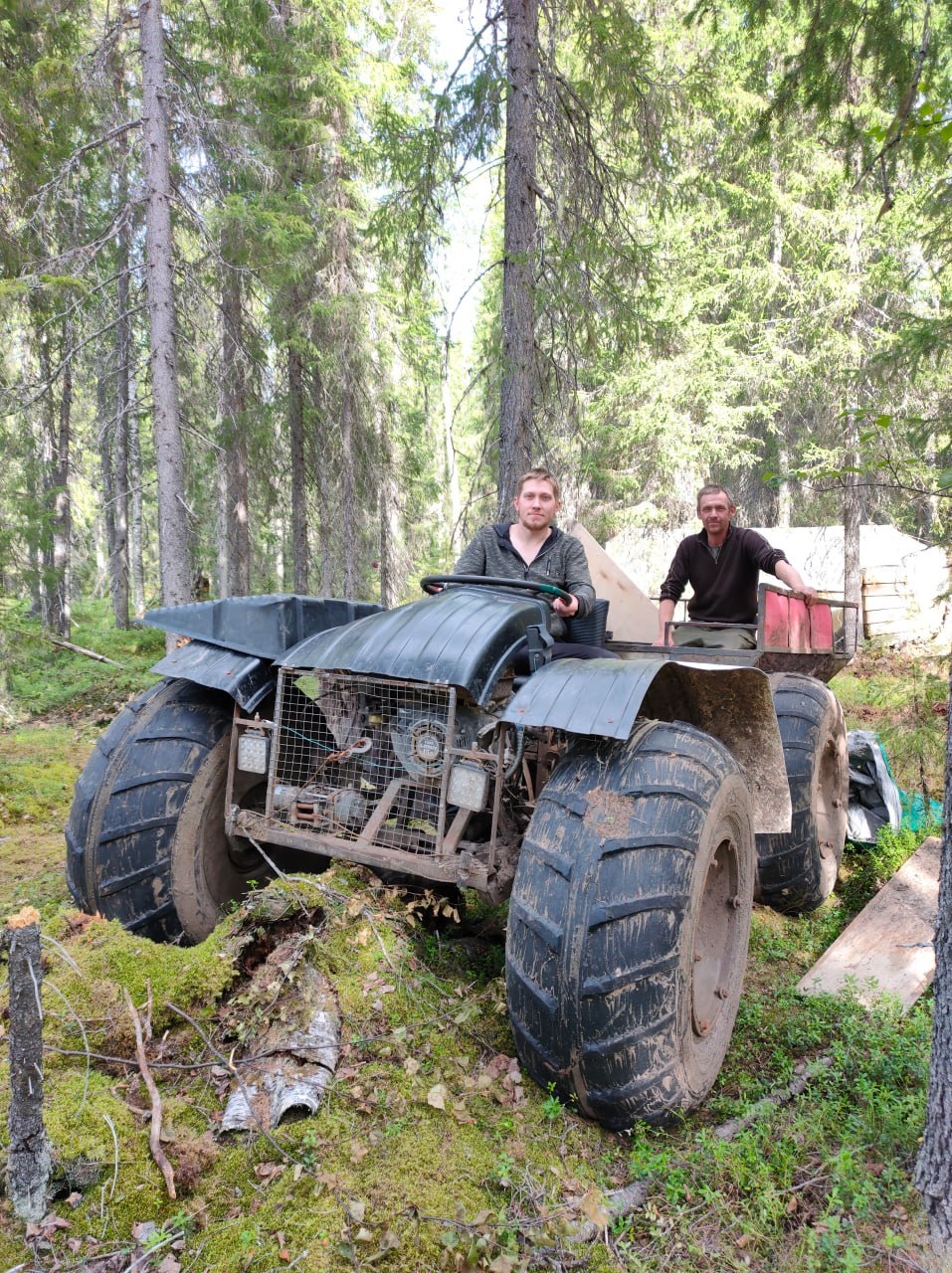
|

|
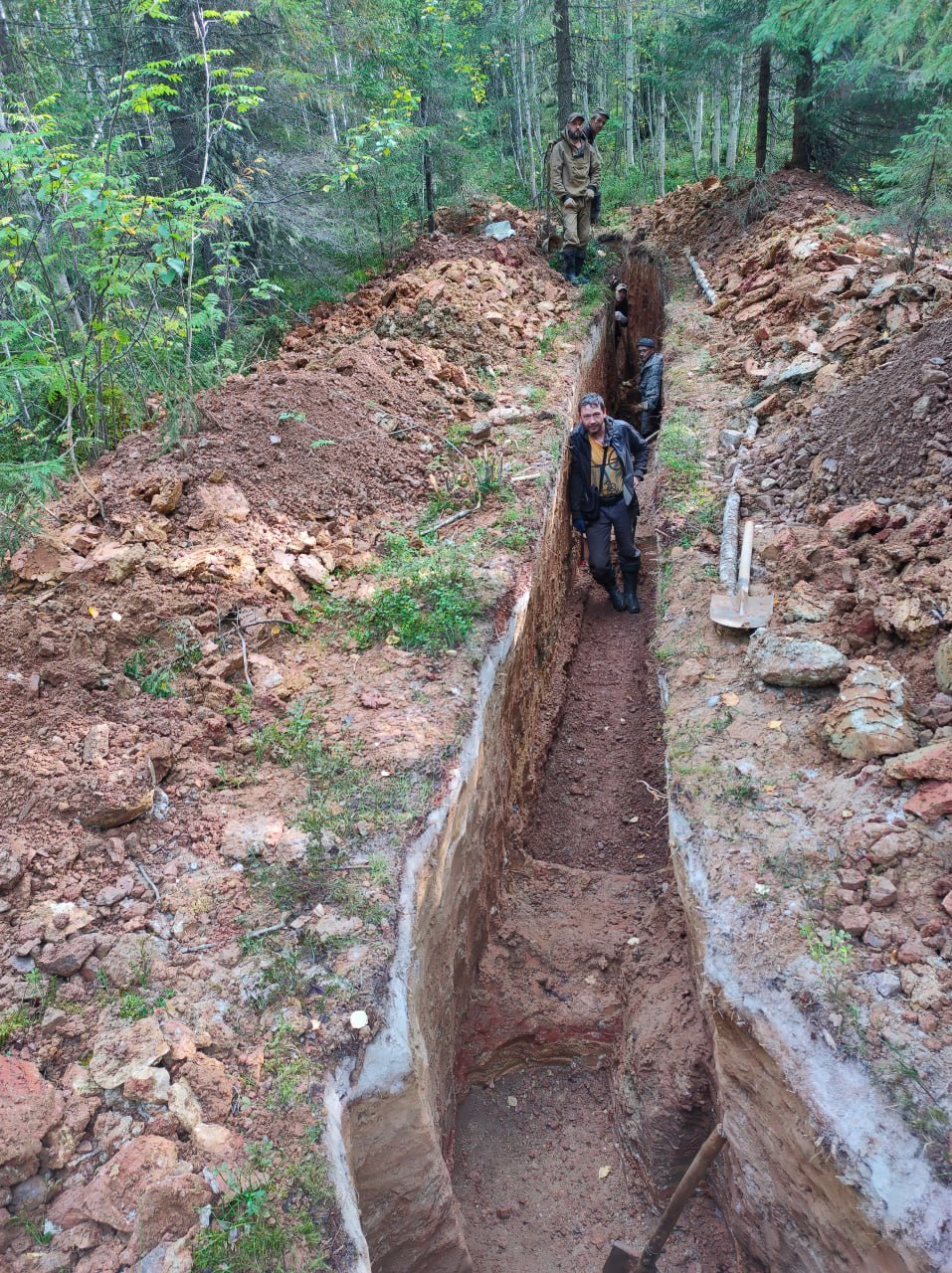
|
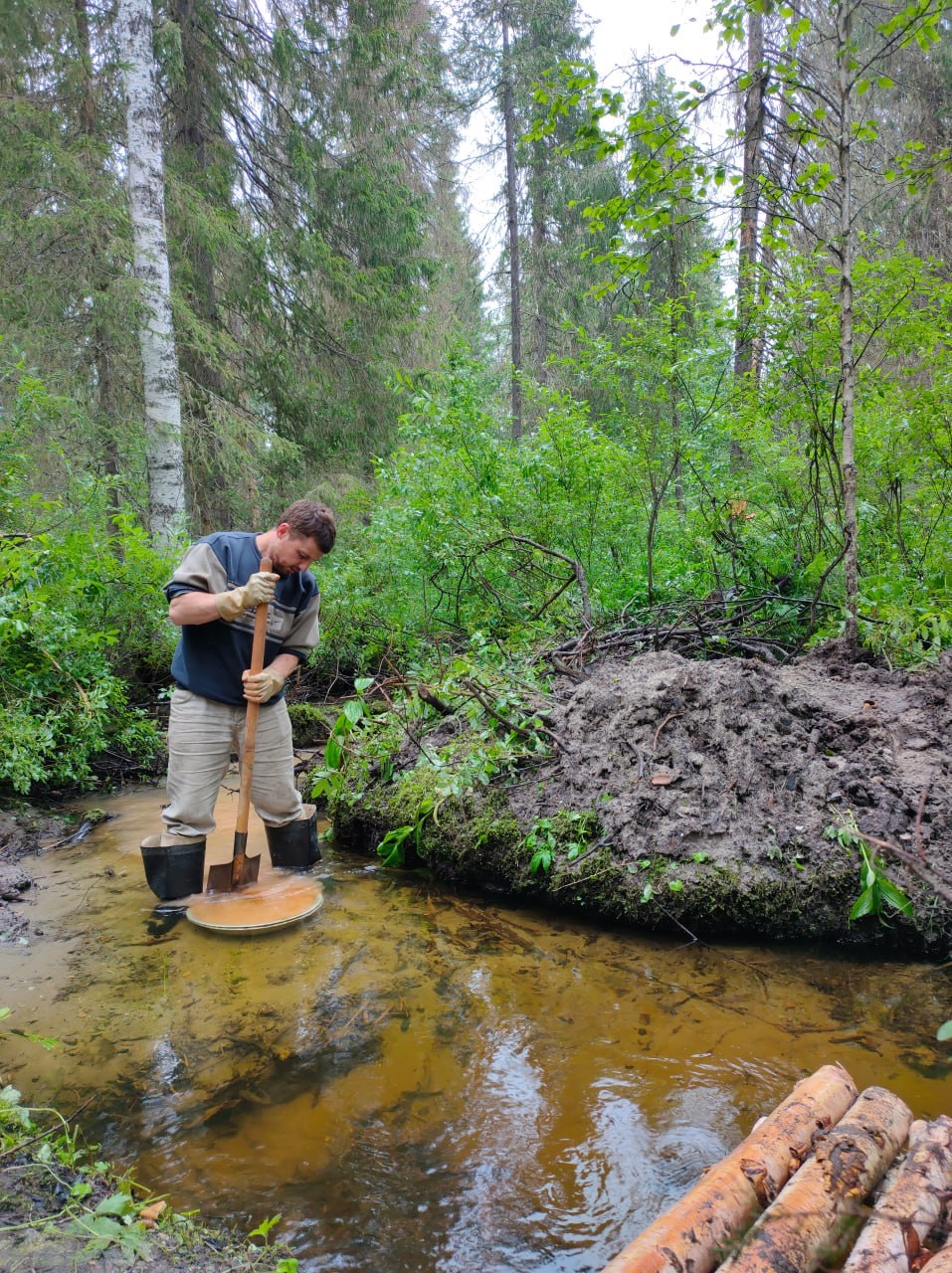
|
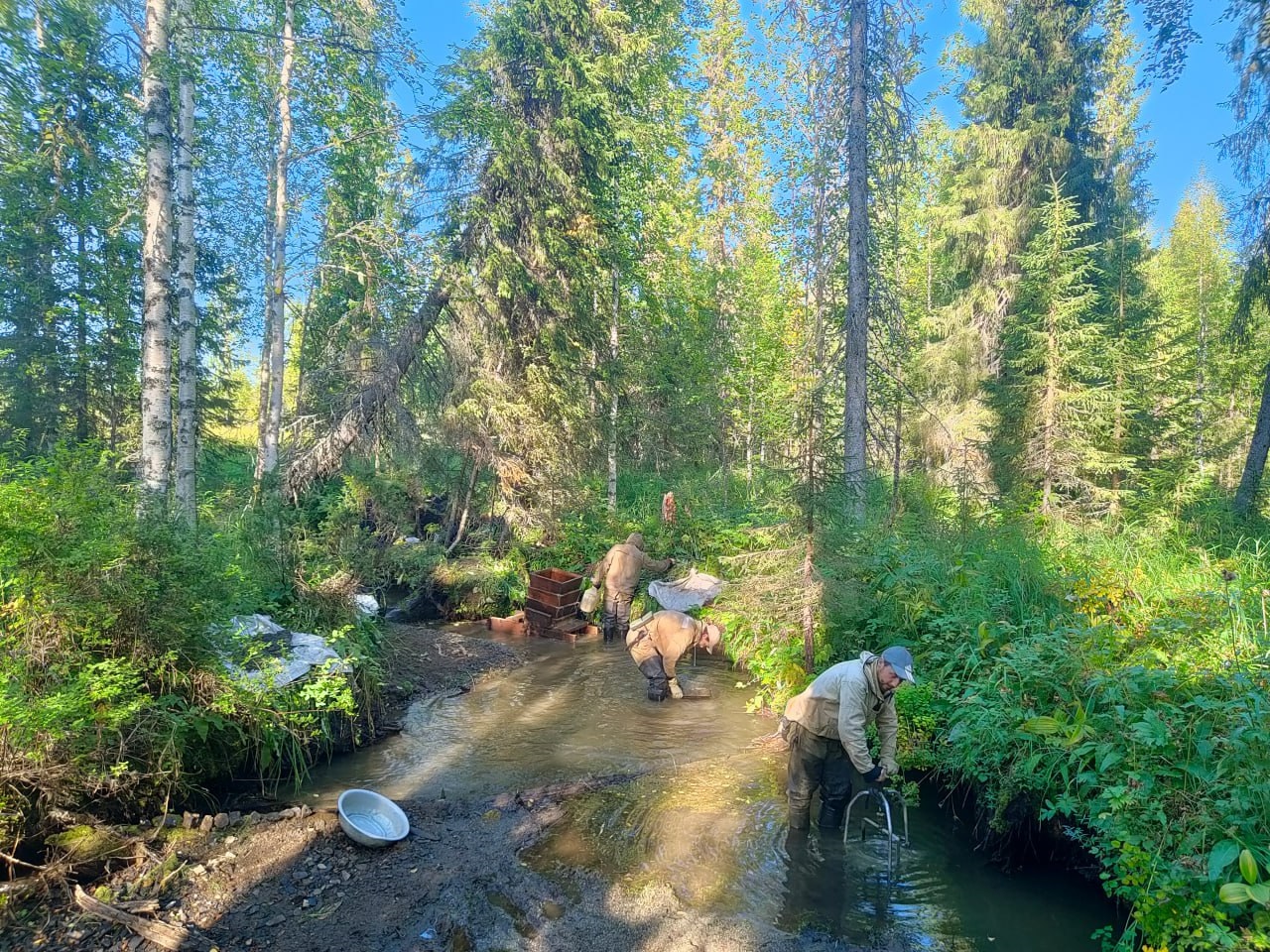
|
||